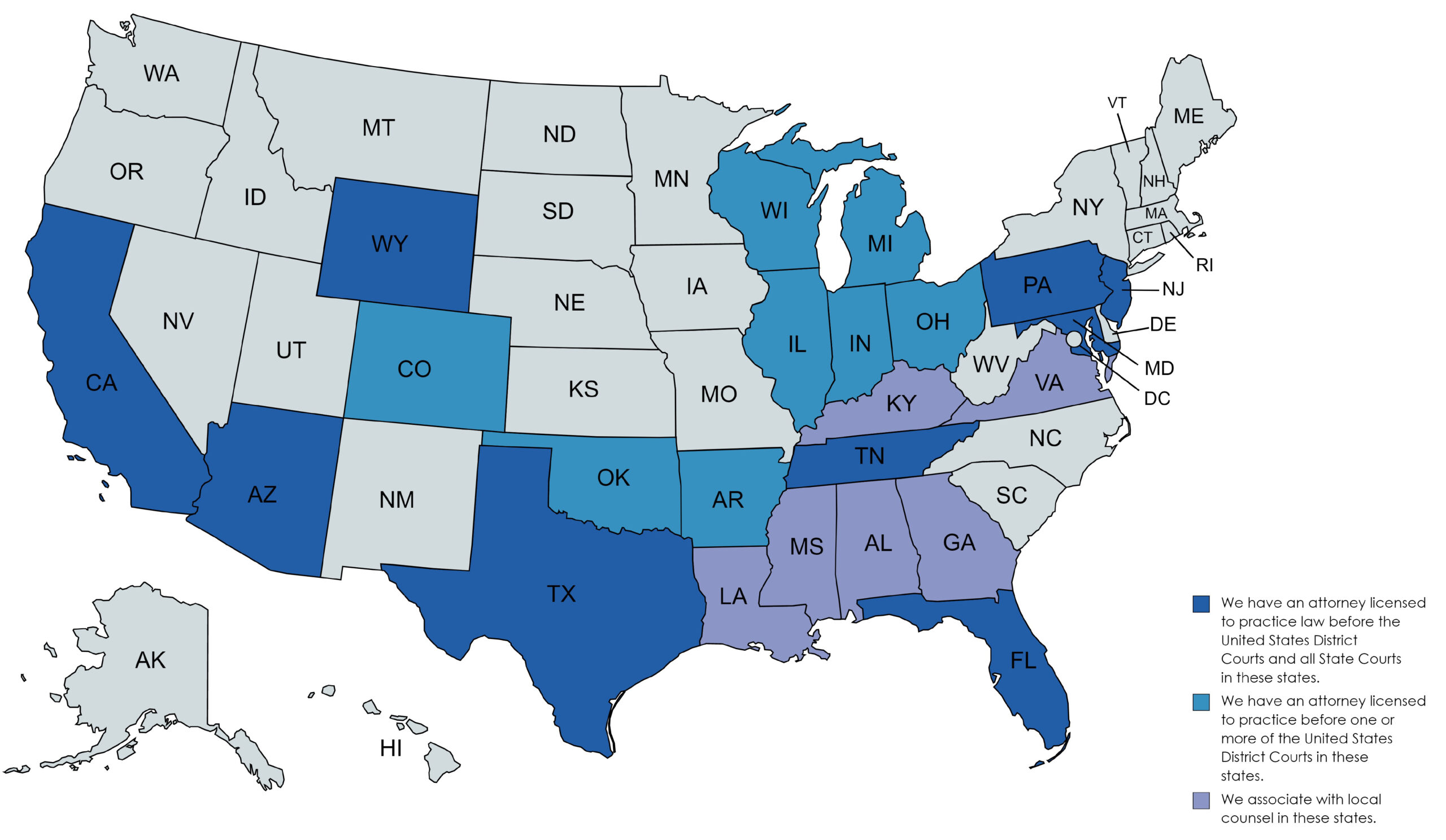Estate Planning
Flexibility in Planning
Free Consultation Available
Free Case Evaluation
Fill out the form below for a free, confidential case evaluation and we will contact you shortly. All fields are required.
Estate-Planning Flexibility: Which Documents Are Easy to Tweak—and Which Ones Lock You In?
Life changes fast—marriages, divorces, new grandchildren, booming investments, moves to a new state. A good estate plan should bend with those changes, not break. Below is a plain-English look at the most common planning tools, ranked by how simple (or difficult) they are to update when life shifts.
| Tool | How You Change It | Difficulty Level | Typical Cost & Time | Common Tweaks |
|---|---|---|---|---|
| Beneficiary Designation (401(k), IRA, life insurance) | Send a new form to the plan administrator/insurer. | Very easy | Free; minutes to days | Add/remove heirs, add a trust, adjust percentages |
| Pay-/Transfer-on-Death (POD/TOD) Title (bank & brokerage accounts) | File an updated POD/TOD form with the bank or broker. | Very easy | Free; minutes | Change payee, add backup beneficiaries |
| Durable Power of Attorney / Health-Care Proxy | Sign a new document and distribute copies to banks or doctors; old one should be revoked in writing. | Easy | Low; days | Replace agent, add co-agents, tighten powers |
| Revocable Living Trust | Sign an amendment (for small edits) or a full restatement (for big changes). No court approval needed. | Moderate | Low-to-medium; days to weeks | Swap trustees, update distribution ages, add new heirs, refine tax clauses |
| Last Will & Testament | Draft a short “codicil” or rewrite the will; must follow the same witness/notary rules as the original. | Moderate | Low-to-medium; days to weeks | Change executor, alter specific gifts, update backup guardians |
| Living Will / Advance Directive | Sign a new form; most states accept the latest date automatically. | Easy | Low; minutes | Update treatment preferences, change agent hierarchy |
| LLC / Family Limited Partnership (FLP) | Amend operating or partnership agreement; may need member votes and state filing. | Moderate | Medium; weeks | Add/remove members, adjust voting or transfer restrictions |
| Irrevocable Life-Insurance Trust (ILIT) | Cannot be amended easily; usually requires beneficiary consent and sometimes court approval. | Hard | High; weeks to months | Rare: swap trustees, decant into new trust if state law allows |
| Irrevocable Gift or Asset-Protection Trust (e.g., Dynasty, SLAT, Medicaid) | Typically unchangeable; can sometimes “decant” or rely on a trust protector if the document allows. | Hard | High; weeks to months | Limited: update administrative terms, change situs for tax reasons |
| Charitable Remainder / Lead Trust, GRAT, QPRT | Bound by IRS rules once set up; altering terms can void tax benefits. | Very hard | High; months | Usually none—plan carefully before signing |
Key Takeaways for a Future-Proof Plan
Start Flexible, Add Rigid Later. Use revocable (changeable) tools while your life is still in flux; move toward irrevocable structures only when you’re confident about long-term goals.
Keep Beneficiary Forms Current. They override your will—an outdated form is the #1 cause of “accidental” disinheritance.
Bundle Updates. Major life events are the perfect time to review all documents in one sitting; you’ll save on legal fees and ensure everything stays coordinated.
Build in “Safety Valves.” When creating irrevocable trusts, consider adding a trust protector clause or “decanting” power so limited changes are possible without a court battle.
Communicate Changes Promptly. Give fresh copies to family, trustees, banks, and doctors; shred the old versions or clearly mark them “revoked” to avoid confusion.
When to Call Your Planner
Marriage, divorce, or death in the family
Birth or adoption of a child or grandchild
Significant asset purchase or sale
Move to a new state or country
Big shifts in tax law or estate-tax thresholds
Small edits (like tweaking beneficiary percentages) can often be done with a quick form. Bigger structural changes—adding trusts, changing jurisdiction, reorganizing a business—deserve a professional review to preserve tax benefits and creditor protection.
Need help deciding which tools fit your life today—and will still flex tomorrow? Schedule a free consultation and we’ll map out a plan that’s both solid and adaptable.



